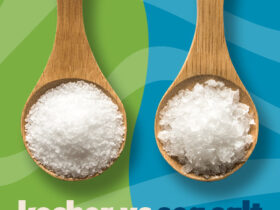Many people face bumps inside their nose. These bumps can be annoying. They may cause pain or discomfort. In this article, we will explore ways to get rid of these bumps. We will discuss causes, symptoms, and helpful remedies. Let’s get started!

Credit: www.stylecraze.com
Understanding Bumps Inside the Nose
Bumps inside the nose can have many causes. Some are harmless, while others may need attention. It is important to know what might be causing the bumps.
Common Causes Of Bumps
- Allergies: Allergies can lead to swollen tissues.
- Infections: Bacterial or viral infections can cause bumps.
- Polyps: These are soft growths that can appear inside the nose.
- Boils: A boil can form from infection and cause a bump.
- Ingrown hairs: Shaving or plucking can cause ingrown hairs.
Symptoms to Watch For
Knowing the symptoms can help you understand what is happening. Common symptoms include:
- Pain or tenderness inside the nose.
- Swelling around the bump.
- Nasal congestion or blockage.
- Bleeding from the nose.
- Pus or discharge from the bump.
Home Remedies to Treat Bumps
Sometimes, bumps can go away on their own. However, home remedies can help. Here are some helpful tips:
1. Warm Compress
A warm compress can help reduce swelling. To use a warm compress:
- Take a clean cloth.
- Soak it in warm water.
- Wring out the excess water.
- Place it on the bump for 10-15 minutes.
2. Saline Nasal Spray
Saline nasal spray helps keep the nose moist. It can also reduce irritation. You can buy saline spray or make your own:
- Mix 1 cup of water with 1/4 teaspoon of salt.
- Use a clean spray bottle.
- Spray it into your nose as needed.
3. Avoid Picking Or Squeezing
Avoid touching or picking at the bumps. This can cause infection or make it worse. Keep your hands clean. Use tissue or a clean cloth if you need to touch your nose.
4. Stay Hydrated
Drinking enough water helps keep your body healthy. It also helps keep your nose moist. Aim for 6-8 glasses of water each day. Avoid sugary drinks and soda.
5. Use Humidifiers
Dry air can irritate your nose. A humidifier adds moisture to the air. This can help with discomfort. Place it in your bedroom or living room. Remember to clean it often.

Credit: www.verywellhealth.com















Leave a Review